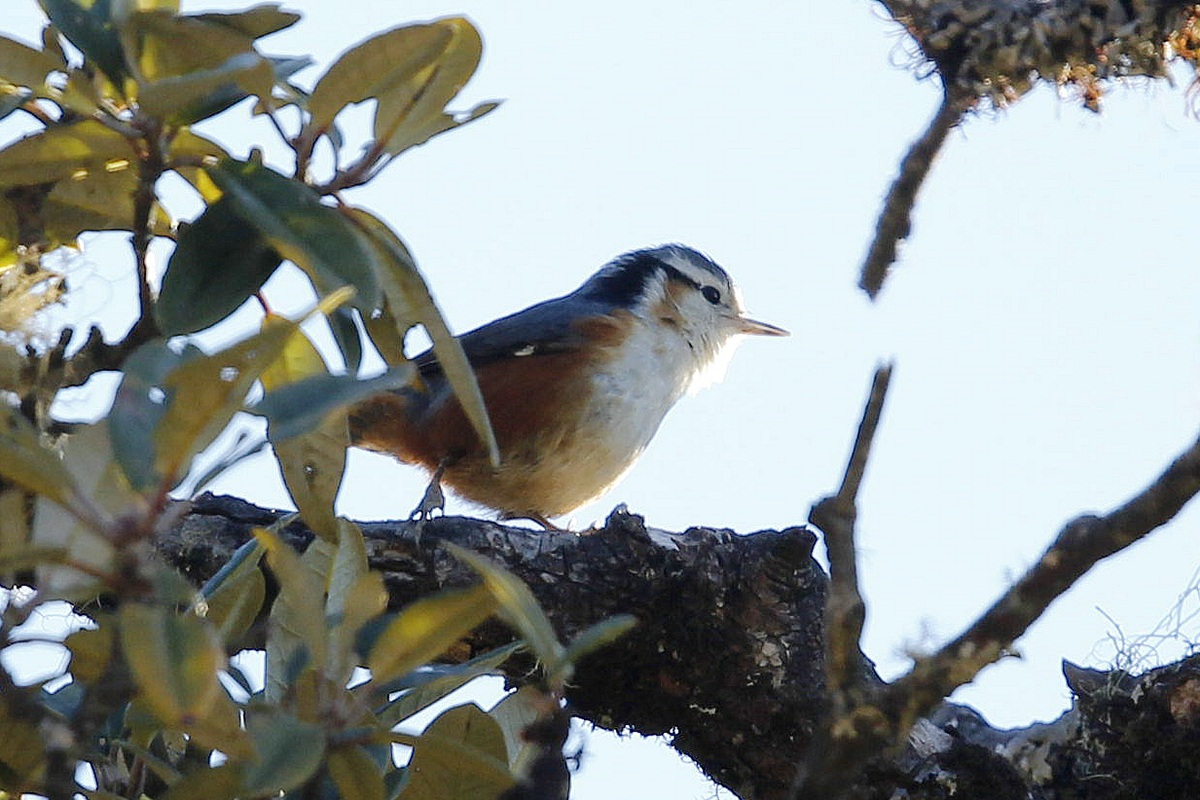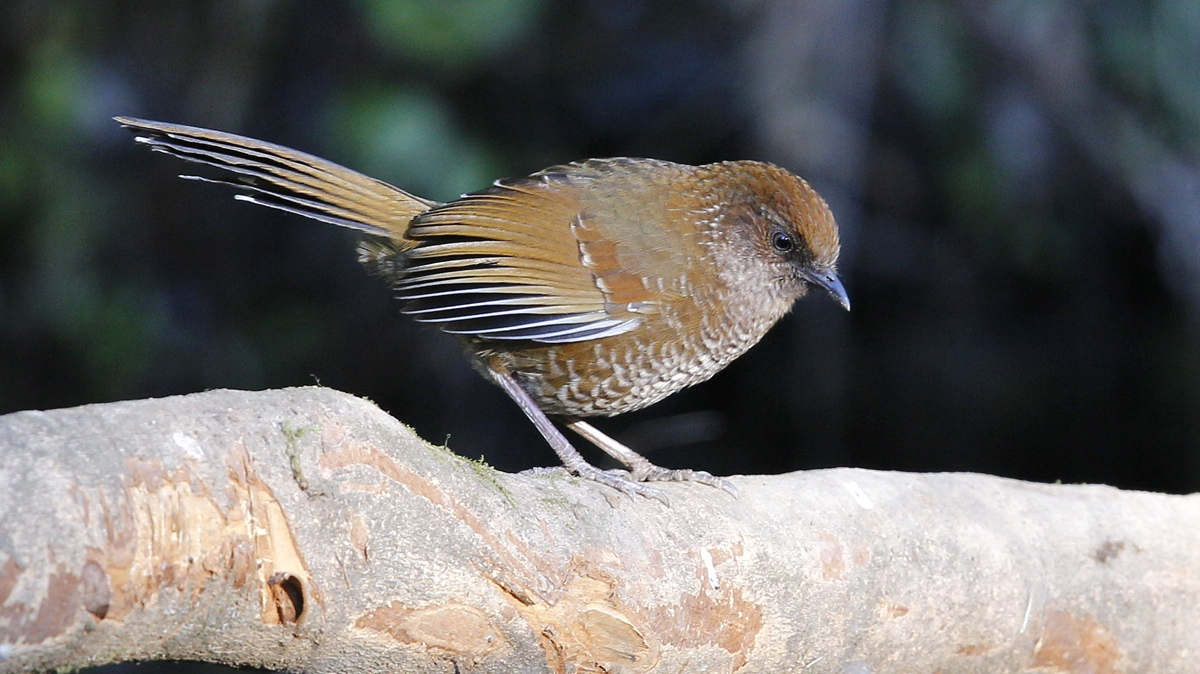Chin Hills-Arakan Yoma Montane Forests
The ecoregion’s land area is provided in units of 1,000 hectares. The conservation target is the Global Safety Net (GSN1) area for the given ecoregion. The protection level indicates the percentage of the GSN goal that is currently protected on a scale of 0-10. N/A means data is not available at this time.
Bioregion: Arakan Mountains & Northern Triangle Forests (IM10)
Realm: Indomalaya
Ecoregion Size (1000 ha):
2,976
Ecoregion ID:
226
Conservation Target:
62%
Protection Level:
1
States: Myanmar
The high elevation peaks of the Chin Hills and the Arakan Yoma mountain range are hotspots for plant diversity and endemism, and includes a Center for Plant Diversity that covers the Natma Taung and Rongklang Ranges. The former is a 700 km2 national park in the Chin Hills around the 3,051 m tall Mt. Natma Taung, known previously as Mt. Victoria. It is considered an alpine “sky island”: a refuge for Holarctic floral species that remained as the glaciers retreated at the end of the last Ice Age.
.jpg)
The flagship species of the Chin Hills-Arakan Yoma Montane Forests ecoregion is the Arakan forest turtle. Image credit: Courtesy of the Bangladesh Python Project, iNaturalist
As the climate changed, different species colonized the newly-warmed areas. But colder climates prevailed in the higher mountain tops, allowing the original flora and fauna to survive as isolated populations, such as Rhododendron burmanicum, Rhododendron cuffeanum, Agapetes unwinii, Viola unwinii, and Mantisia wardii, among others that are related to species found in the high Himalaya. New and endemic species have evolved on these mountain tops.
The Chin Hills–Arakan Yoma Montane Rain Forests ecoregion represents the montane moist forests of the Chin Hills and Arakan (now known as Rakhine) Yoma along the west coast of Myanmar. The climate is tropical. Most months of the year are rainy and the annual rainfall can exceed 4,000 mm. Summer temperatures average at 24ºC, but winter temperature can drop below the freezing point.

White-browed nuthatch. Image credit: Creative Commons
The vegetation below 1,000 m is characterized by several canopy dominant species of Bauhinia, Lagerstroemia, and Ficus. Mature forests are draped with lianas, ferns and orchids. Above 1,000 m, the forests are characterized by species of Quercus, Castanopsis, and Schima. Quercus xylocarpa is a dominant oak between 2,400 and 2,750 m elevation, which yields to Rhododendron arboreum and Quercus semecarpifolia in habitats above 2,750 m. At the highest elevations, the forests have a short stature and support a shrubby temperate savanna.
Although relatively little explored, the ecoregion’s known mammal species richness is high. The Western Hoolock gibbon population in Rakhine State is the largest in the world. It was protected as a single population by the large unbroken forest expanses, making the forests a conservation imperative. Other mammals that require significant conservation attention include the tiger, clouded leopard, sun bear, and Eld’s deer. The ecoregion supports one of Myanmar’s most important Asian elephant populations.
-CC-Mahbob%20Yusof-2009.jpg)
Malayan gaur. Image credit: Mahbob Yusof, Creative Commons
Bird species richness is also high. Some birds that require conservation attention include several range-restricted species and threatened species such as the Rufous-necked hornbill and white-winged duck. The critically endangered and endemic Arakan forest turtle is another well-known species of the ecoregion. The turtle was considered extinct since its last sighting in 1908 until it was “rediscovered” in 1994 in food markets, leading to the launching of a scientific expedition to find the remaining wild individuals. The expedition yielded one male; since then, the species has also been found in the Chin Hills.
Only 6% of the ecoregion is protected, but over 80% of forests still remain. Most forests are under tribal control, and conservation interventions must include community stewardship. Large infrastructure projects[iv], including roads, mining, oil exploration and pipelines, forest plantations, and shifting cultivation are threats to forest connectivity and integrity. Wildlife poaching for the international trade is also rife.

Brown-capped laughingthrush. Image credit: Creative Commons
The recommended conservation interventions are to: 1) develop landscape-scale conservation strategies using large and forest-dwelling species (e.g. Asian elephant, Hoolock gibbon) as focal species to set spatial connectivity and protection thresholds; 2) regulate slash-and-burn agricultural activities; 3) promote Green Infrastructure to minimize fragmentation of contiguous forests; and 4) stop the poaching of endangered species.
Citations
1. Wikramanayake, E, E. Dinerstein, et al. 2002. Terrestrial Ecoregions of the Indo-Pacific: A Conservation Assessment. Island Press.
2. Critical Ecosystems Partnership Fund. 2012. Ecosystem Profile. Indo-Burma Biodiversity Hotspot. 2011 Update. https://www.cepf.net/Documents/final.indoburma_indochina.ep.pdf Accessed Dec 2017.
3. Sovacool, B., 2012. Environmental conservation problems and possible solutions in Myanmar. Contemporary Southeast Asia: A Journal of International and Strategic Affairs, 34(2), pp.217-248.



